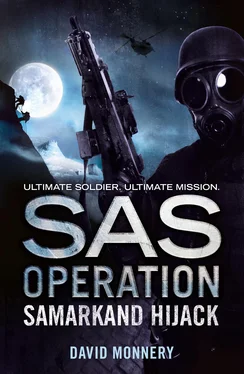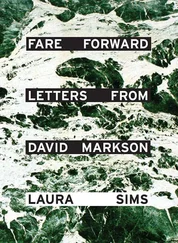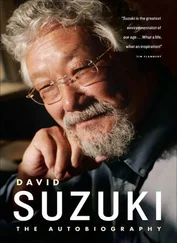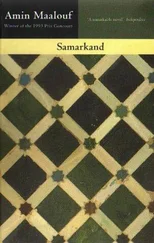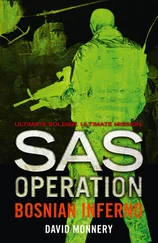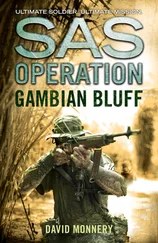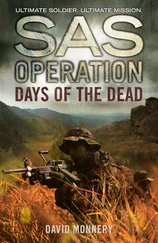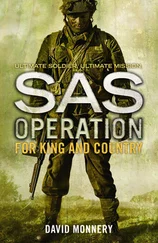In later years, the rest of the evening would come to seem like a blurred sequence of images – the sirens of the fire engines, the people gathered in the street, his father, brother and sister coming home, the policemen with their bored expressions and stupid questions. But that moment alone in the darkened garden would never lose its sharpness, with the windows full of flames and the dreadful truth they told.
They were standing on a dry, broken slope. There were no fragments of masonry to be seen, no shards of tile or pottery, but the configuration of the land, the angular ditches and the flattened hillocks all suggested human occupation.
‘This was the southern end of the original Afrasiab,’ Nasruddin Salih told the tour party, ‘which became Maracanda and eventually Samarkand. It was razed to the ground in 1220 by the army of Genghis Khan. Only a quarter of the population, about a hundred thousand people, survived. It was another one and a half centuries before Tamerlane revived the city and made it the centre of his empire. These buildings here’ – Nasruddin indicated the line of domed mausoleums which gracefully climbed the desolate hillside – ‘were probably the finest architectural achievement of Tamerlane’s time.’
‘Bloody incredible,’ Mike Copley murmured, holding up his exposure meter.
It was, Jamie Docherty thought. The blue domes rose out of the yellow-brown hill like articles of faith, like offerings to God which the donors knew were too beautiful to be refused.
‘“Shah-i-Zinda” means “The Living King”,’ Nasruddin was explaining. ‘This complex was built by Tamerlane to honour Qutham ibn Abbas, who was a cousin of the Prophet Muhammad, and one of the men most responsible for bringing Islam to this area. He was praying in a shady spot on this hill when a group of Zoroastrians attacked and beheaded him. Qutham finished his prayer’ – Nasruddin acknowledged the laughter with a slight smile – ‘picked up his head and jumped into a nearby well. He has lived there ever since, ready to defend Islam against its enemies.’
The guide smiled again, but there was something else in his expression, something which Docherty had noticed several times that morning. The British-born Pakistani had been with them since their departure from Heathrow six days before, and for the first few days of the tour had seemed all affability. But over the last twenty-four hours he had seemed increasingly under some sort of strain.
The tour party was moving away, down the path which led to the Shah-i-Zinda’s entrance gate. As usual, Charles Ogley was talking to – or rather at – Nasruddin. Probably telling the guide he’d made yet another historical mistake, Docherty thought sourly. The lecturer from Leeds seemed unable to last an hour without correcting someone about something. His lecturer wife Elizabeth was the most frequent recipient of such helpfulness, but seemed to thrive on it, using it to feed some reservoir of bitterness within her soul. They were not an attractive couple, Docherty had decided before the tour’s first day had ended. Fortunately they were the only two members of the party for whom he felt any dislike.
He banished the Ogleys from his mind, and focused his attention on the magical panorama laid out before him.
‘I think you take photographs with your eyes,’ his wife said, taking an arm and breaking into his reverie.
‘Aye,’ Docherty agreed. ‘It saves on film.’
Isabel smiled at the idea, and for the hundredth time felt pleased that they had come on this trip. She was enjoying it enormously herself, particularly since phoning the children and setting her mind at rest the night before. And he was loving it.
They caught up with the rest of the party at the foot of the hill, and waited by the archway which marked the entrance to the complex of buildings while Nasruddin arranged their collective ticket with the man in the booth. Then, their guide in the lead, the party started climbing the thirty-six steps which led up past one double-domed mausoleum towards the entrance gate of another.
‘This is called the “Stairway to Heaven”,’ Nasruddin said. ‘Pilgrims count each step, and if they lose count they have to start again at the bottom. Otherwise they won’t go to heaven.’
‘I wonder if this is where Led Zeppelin got the song title from,’ Mike Copley mused out loud.
‘Idiot,’ his wife Sharon said.
At the top of the stairway they passed through an archway and into the sunken alley which ran along between the mausoleums. Here the restoration work seemed to be only just beginning, and the domes were bare of tiles, the walls patchy, with swathes of mosaic giving way to expanses of underlying buff-coloured brick. At the end of the alley they gathered around the intricately carved elm door of Qutham’s shrine, and Nasruddin pointed out where the craftsman had signed his name and written the year, 1405. Inside, the Muslim saint’s multi-tiered cenotaph was a riot of floral and geometric design.
Docherty stood staring at it for several minutes, wondering why he always felt so moved by Islamic architecture. He had first fallen in love with the domes and mosaics in Oman, where he had served with the SAS during the latter years of the Dhofar rebellion. A near-fluency in Arabic had been one legacy of that experience, and in succeeding years he had managed to visit Morocco and Egypt. His final mission for the SAS, undertaken in the first weeks of the previous year, had taken him to Bosnia, and the wanton destruction of the country’s Islamic heritage had been one of several reasons offered by that war for giving up on the human race altogether.
Not to worry, he thought. After all, Qutham was down there in his well taking care of business.
He looked up to find that, once again, the tour party had left him behind. Docherty smiled to himself and walked back out into the shadowed courtyard, from where he could see the rest of the party strolling away down the sunken alley. Isabel, her black hair shining in the sun above the bright red dress, was talking to Sam Jennings. The silver-haired American didn’t walk that gracefully, but at seventy-five his mind was as young as anyone’s in the tour party. Both Docherty and Isabel had taken a liking to him and his wife Alice from the first day.
Their small bus was waiting for them outside the entrance. It had six double seats on one side, six single on the other, and a four-person seat at the back. Despite there being only fourteen in the party – fifteen counting Nasruddin – the four Bradford Pakistanis usually sat in a tightly bunched row on the rear seat, as if fearful of being contaminated by their infidel companions. This time though, one of the two boys – Imran, he thought – was sitting with Sarah Holcroft. Or Sarah Jones, to use the name she had adopted for this trip.
Docherty wondered if Imran had recognised her as the British Foreign Minister’s daughter. He hadn’t himself, though the girl had made no attempt to disguise her appearance, and her picture had been in the papers often enough. Isabel had, and so, if their behaviour was anything to go by, had both the Copleys and the Ogleys.
Brenda Walker, the social worker who usually sat with Sarah, was now sitting directly behind her. Docherty had his suspicions about Brenda, and very much doubted whether she was the social worker she claimed to be. He had come into fairly frequent contact with the intelligence services during his years in the army, and thought he knew an official minder when he saw one. But he hadn’t said anything to anyone else, not even Isabel. He might be wrong, and in any case, why spoil the generally good atmosphere that existed within the touring party? He wasn’t even sure whether Sarah herself was aware of her room-mate’s real identity.
Читать дальше
